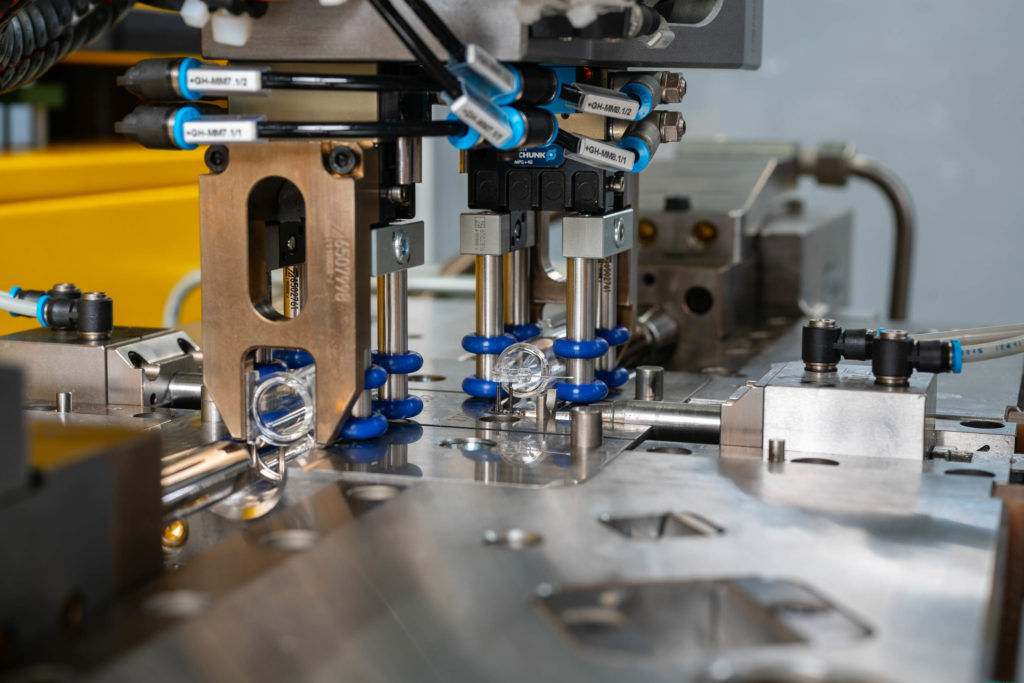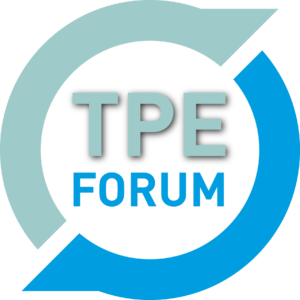Zahoransky has received a large order for systems for the processing of vaccine containers. A US company has placed a major order with a value of EUR 25 million for eleven automation lines and six removal units for vaccine containers (vials). Zahoransky supplies the manufacturer of coated COP (cyclo olefin polymer) vaccine containers with the first automation lines required for production; others will gradually be delivered afterwards.
The Z.Siroc, Z.Mistral, and Z.Lodos models are used for this purpose. To guarantee both continuous automation as well as consistent quality in the manufacturing process, a total of 120 cameras and 53 robots will be installed. As soon as the lines are fully assembled and put into operation, they will be able to process 600,000 vials per day.
Michael Schmidt, Managing Director of Zahoransky Automation & Molds GmbH, adds: “Handling COP containers for delicate vaccines is no easy matter. However, we managed to convince our client with our years of experience in integrating our lines into the production facilities of our customers, as well as with our ‘Made in Germany’ quality.”

Vaccines consist of compounds with high molecular weight. These have a sensitive reaction to, among other things, heavy metal particles in glass containers, which are created during the hardening process. This lowers the shelf life of the vaccine. Plastic vials made of COP are an alternative to glass. These are manufactured in an injection blow-molding process. They stand out with their high breakage resistance as well as glass-like transparency, but offer poorer oxygen tightness. Therefore, the US manufacturer uses an additional silicon dioxide nanocoating. This reinforces the oxygen barrier and also allows for low-temperature storage. As a result, the plastic container can be transported more securely compared to the glass alternative, and it has a longer shelf life – invaluable benefits when it comes to a vaccine in global demand.
Schmidt explains in more details: “This project was, in many ways, challenging. We needed to cover a range of demands – starting with the integration of the injection blow-molding machine at the customer, through to seamless documentation as well as traceability (track & trace) with laser engraving and integration into the MES system, up to continuous camera controls using algorithms developed specifically for this application.” After full assembly of the automated production line, the eleven Z.Siroc automation lines take the COP vials from the injection blow-molding machine and transfer them to the Z.Mistral. Here, the vaccine containers are cooled and a laser engraves an individual marking. The Z.Lodos now removes the processed and checked parts and passes them on to the NEST/TUB for finishing with a nanocoating. The vials are constantly checked for quality by various cameras during all phases of production.
